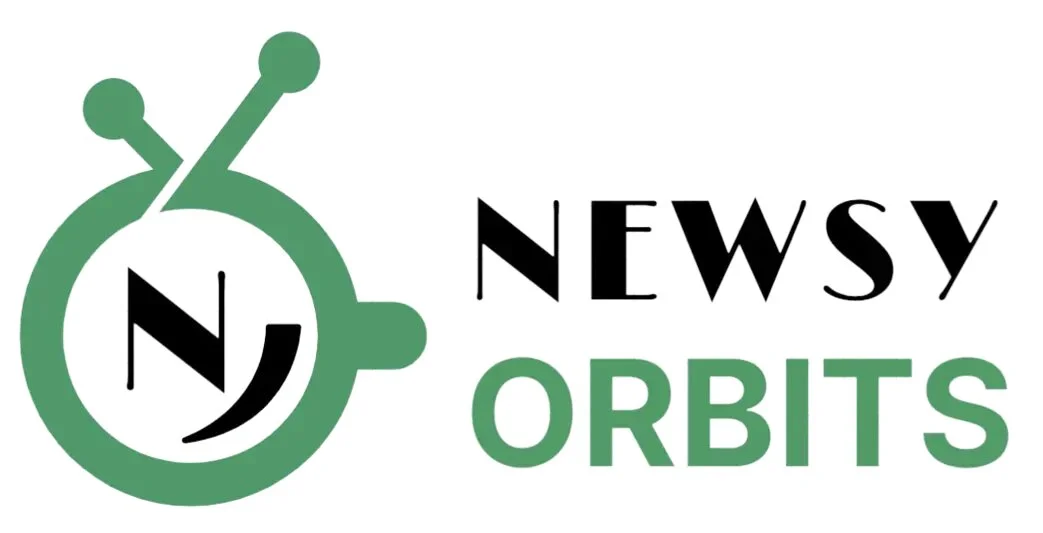Key points to consider when assessing health insurance costs include factors such as the size of your deductible, the breadth of your network, and whether the coverage is obtained through employment or individual plans. On average, employer-sponsored coverage for a single person is around $117 per month, while a plan from the health insurance marketplace can cost approximately $477 per month before any subsidies. Beyond monthly premiums, health insurance expenses encompass copayments, coinsurance, and deductible spending.
Health insurance is a crucial protection against unforeseen and financially burdensome medical expenses. Despite its importance, policies can be expensive, with premiums potentially reaching thousands of dollars annually. Even with insurance, individuals may encounter additional costs like copayments, coinsurance, and deductibles, contributing to the overall expense. In the United States, healthcare costs constitute an average of 8.15% of consumer spending.
When evaluating health insurance costs, it’s essential to consider various elements, including deductibles, copayments, coinsurance, and out-of-pocket maximums. Employer-sponsored plans and individual policies from the Health Insurance Marketplace have different cost structures. Deductibles for employer-sponsored plans average $1,992 for individuals and $3,811 for families, while marketplace plans have an average deductible of $2,825 for single coverage.
Other factors influencing health insurance costs include the chosen health plan category (bronze, silver, gold, or platinum), network type (HMO or PPO), employer contributions, subsidies, and location. Employer-sponsored plans, on average, had an annual premium of $8,435 for an individual and $23,968 for a family in 2023. Subsidies for plans purchased through the Health Insurance Marketplace are determined based on income.
Selecting the right health insurance plan involves balancing prepayment through premiums with limiting out-of-pocket exposure during high-cost healthcare events. The choice depends on individual health needs, risk tolerance, financial situation, and healthcare consumption habits. Cheaper plans may have coverage gaps or higher deductibles, potentially leaving individuals exposed. Ultimately, the best plan varies for each person.
Medicare coverage becomes available at age 65, with potential earlier eligibility for individuals with disabilities, ALS, or End-Stage Renal Disease. The initial enrollment period spans seven months, starting three months before the 65th birthday month and extending three months afterward. Enrolling in Medicare before turning 65 ensures coverage begins in the month of the 65th birthday.
Key Points
- Health insurance costs vary and depend on several factors, like the type of plan, network, and your health.
- On average, individuals pay more for plans on the marketplace ($477/month) than employer-sponsored plans ($117/month).
- Beyond premiums, expect additional costs like deductibles, copays, and coinsurance.
- Employer contributions, subsidies, and location can also affect costs.
Understanding Health Insurance Costs
Monthly premiums are just one part of the picture. Consider these additional factors:
- Deductible: Amount you pay out-of-pocket before insurance kicks in.
- Copays: Fixed dollar amount you pay for certain services.
- Coinsurance: Percentage of a covered service you pay after the deductible.
- Out-of-pocket maximum: Limit on your annual out-of-pocket costs for covered services.
Choosing the right plan involves balancing affordability and coverage. Consider your health needs and risk tolerance.
Factors affecting cost:
- Plan category: Bronze plans have lower premiums but higher deductibles, while platinum plans have the opposite.
- Network type: HMOs limit your network and require referrals, leading to lower premiums. PPOs offer more flexibility but are often more expensive.
- Employer contributions: Employers cover part of the premium for some plans.
- Subsidies: Financial aid available for marketplace plans based on income.
- Location: Premiums and costs can vary by location.
Getting Help
- Healthcare.gov: Estimate subsidies and compare plans.
- Insurance professionals: Agents, brokers, or assisters can help you navigate options.
Remember, health insurance is crucial but can be complex. By understanding the factors affecting cost and seeking help when needed, you can make informed decisions.



